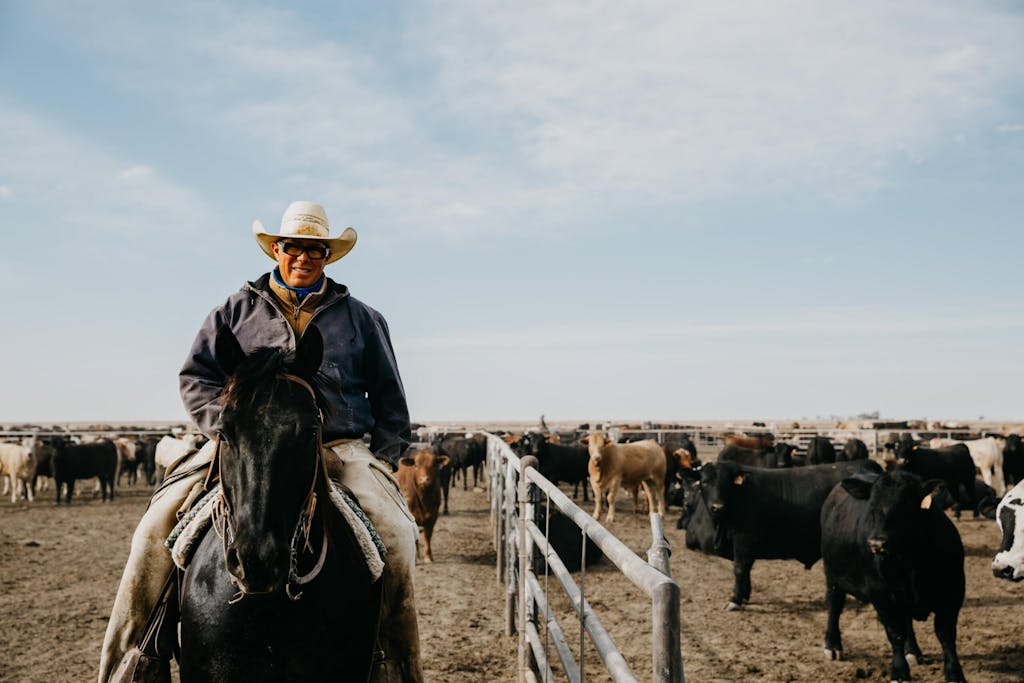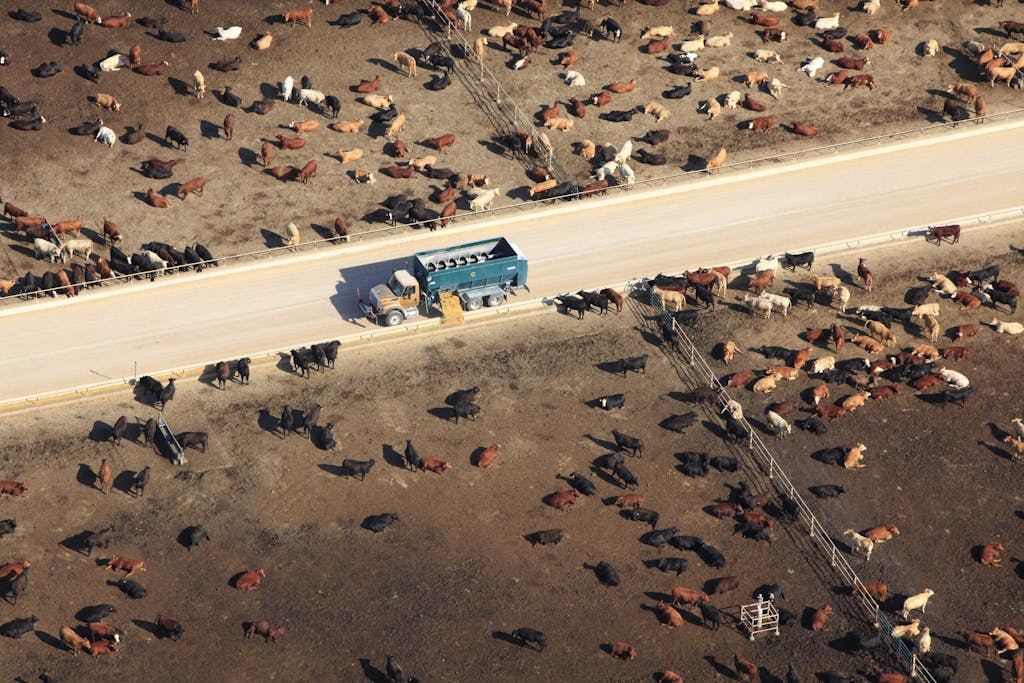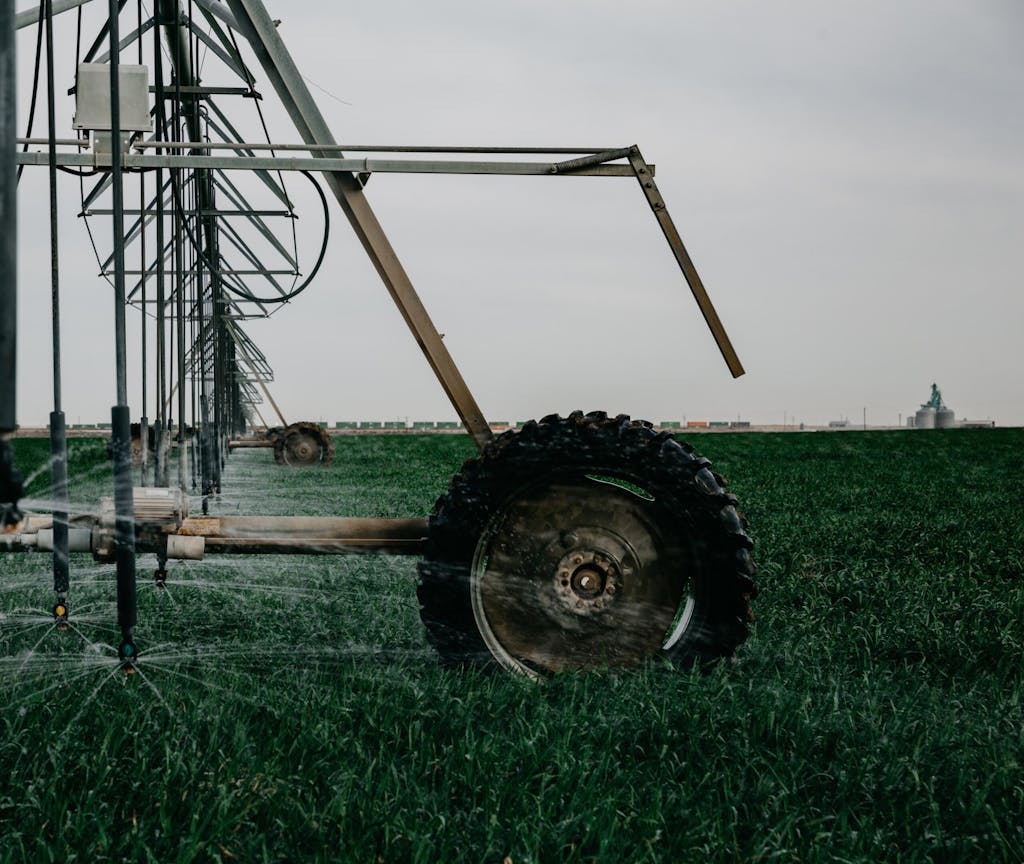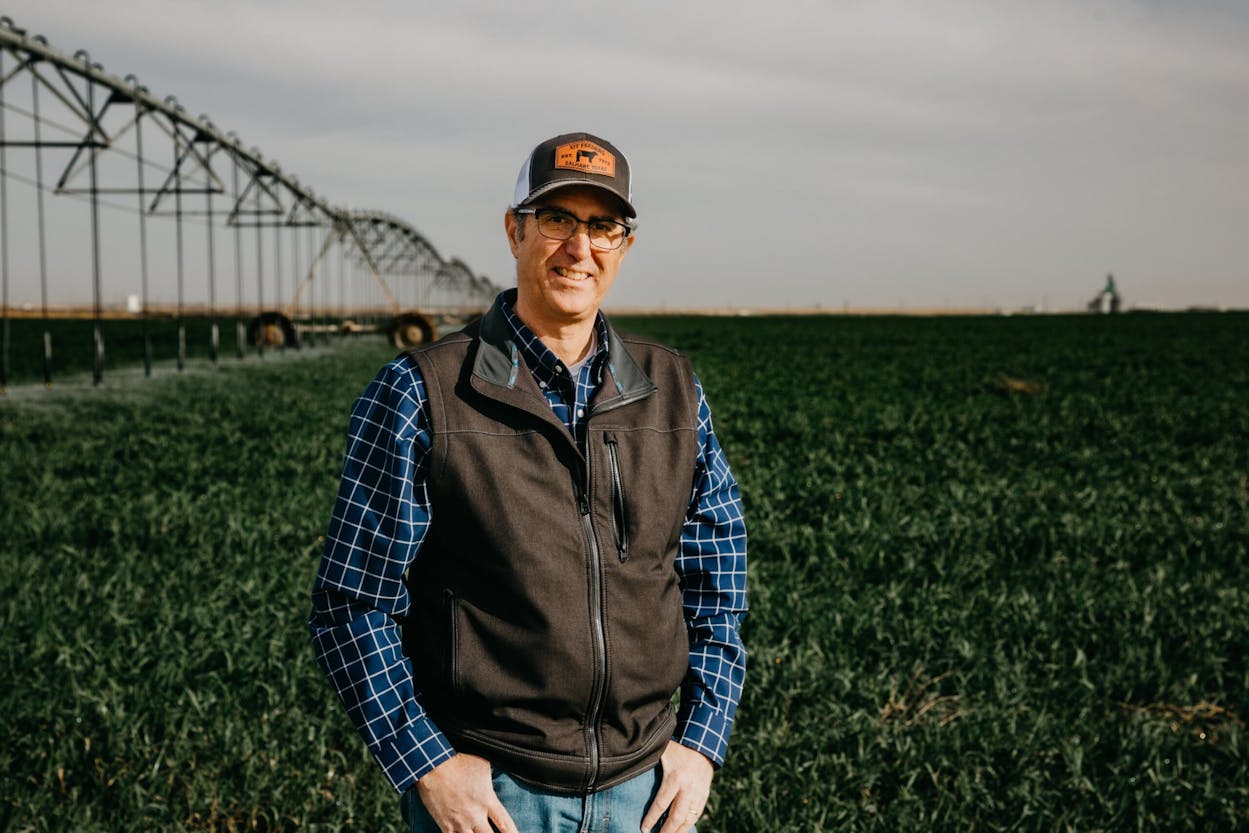For Gene Lowrey, the road to Dalhart, Texas, was far from a straight line. It began in southwest Alabama, where his parents owned a commercial cow-calf operation.
“It was nothing big, just 200 cows,” he says. His voice is gruff but soothing, and his humility is always on full display. “Because I grew up around that, I knew I wanted to be in the cattle industry. I just didn’t know what that would look like.”
College took him roughly 700 miles north by northwest to Stillwater, Oklahoma, where he majored in animal sciences at Oklahoma State University. In his words, it was “the place to be” for a guy whose end goal was the cattle business. But his journey was far from done. With graduation fast approaching, he came to the fearsome realization that befalls all college students:
“I need a job.”
He found much more than that.
After starting as a feedyard trainee with Cimarron Feeders in Texhoma, Oklahoma, in 1994, he worked his way up to his current post as general manager of XIT Feeders, a thriving cattle operation that prioritizes sustainability. Nestled in Dalhart, Texas, about an hour and a half from Amarillo, the feedyard is part of the Five Rivers Cattle Feeding organization: the business Lowrey has now been a part of for 30 years.

“I was impressed by the professionalism and scale of their operation,” he says of Five Rivers, his longtime employer. But more than anything, he was impressed by the way they treated their employees.
While walking across that feedyard in Texhoma, he saw how people were genuinely happy to come to work. They were collaborating on something bigger than any one person, and they were each bringing their unique special skills to the operation. Perhaps most of all, they did it with respect for animals and the land. Lowrey has carried each of these values to his work at XIT Feeders, which prioritizes animal welfare and the cultivation of a caring, tight-knit community.

After all, Lowrey and XIT Feeders have heard the consumer questions about feedlots before – are they sustainable, do the cattle have room to move, are the cattle well-fed, and how are surrounding communities impacted?
These are all questions that feedlots have considered for decades, and ones that Lowrey is happy to answer.
For instance, Lowrey and his teamwork alongside a robust roster of consulting veterinarians and nutritionists.
“That’s how we get our high-quality feed,” he notes. “We work really tirelessly to ensure the animals are taken care of.”
That includes space, too: Each pen has an above-average 150 square feet per animal (that’s larger than the average college dorm room size), and employees use the most advanced animal care practices to ensure each animal’s well-being. Further, Lowrey and his fellow leaders at XIT Feeders have implemented sustainable practices in a way that benefits their business, their people, and their community. Lowrey himself calls this a “maximalist” approach rooted in three pillars: environmental, social, and economic. One could even argue XIT Feeders were early adopters of sustainable practices.
For instance, in the early 2000s, the feedyard unveiled an on-site water treatment facility similar to what you might find at water treatment plants. The facility removes excess phosphorus from the water, then uses that phosphorus to repair holes in pens at the feedyard. XIT Feeders also uses nitrogen – a vital gas for plants to photosynthesize – from the treatment plant to help grow crops that are fed to cattle, and the team leverages a detailed nutrient management program to support crop growth and prevent the overuse of fertilizer. Of course, this directly contributes to the ongoing health and care of the cattle.

“We live in these communities. We raise our families in these communities. So, we’re committed to doing the right thing,” Lowrey says. “But it’s not only the right thing to do; I believe it’s the only thing to do.”
“Our core business is feeding cattle, and when you have good environmental systems, you contribute to your business,” adds Tom McDonald, XIT Feeders’ Senior Vice President of Environmental Affairs and Sustainability. “Otherwise, the care of your cattle takes second place. And for us, that’ll never happen.”
That’s why Lowrey’s operation is, in his words, “always looking to be better.” They are part of the AgNext initiative at Colorado State University: a collective of researchers and industry partners who devise sustainable, cutting-edge agricultural practices.
Although greenhouse gas emissions from beef cattle only make up 2% of the U.S. footprint, there is always room for improvement.1 “Right now, one of our biggest focuses is greenhouse gas emissions,” McDonald notes. “We’re developing the tools and the models to get right to the heart of the problem and say, ‘Okay, how can we cut these down in our feedyards?’”
Therein lies the crux of XIT Feeders’ circular approach to sustainability:
Taking care of your business means taking care of your animals and your resources, which, in turn, means taking care of the communities around you.
McDonald adds that their operation’s environmental work is a “badge of honor.”
“This is what we want to be known for,” he says. Especially locally.
Dalhart is a town of a little over 8,000 people, and the men and women of XIT Feeders have become a core part of the community. They serve as Little League coaches, members of the Stock Show board and chamber of commerce, and they’re philanthropists, too: XIT Feeders is part of the Beef Sticks for Backpacks initiative, a non-profit organization helping to raise millions of dollars each year to provide food-insecure children with healthy, high-protein snacks at school.
While Lowrey takes pride in XIT Feeders’ commitment to the community and the cattle, he knows he is not alone. Feedlots across the country are leaders in making the beef industry more sustainable. While this has been the priority for decades, he knows the future will be even brighter.
“We hire bright, intelligent, forward-looking people to work for us, and there are going to be things they bring to the table that we haven’t even thought about yet,” Lowrey says. “When you keep your people and your cattle at the center of everything you do, you’ll always get better and better.”
1. EPA. 2021a. Inventory of U.S. Greenhouse Gas Emissions and Sinks: 1990-2019. U.S. Environmental Protection Agency, Washington, D.C.
Words by Tyler Hicks






